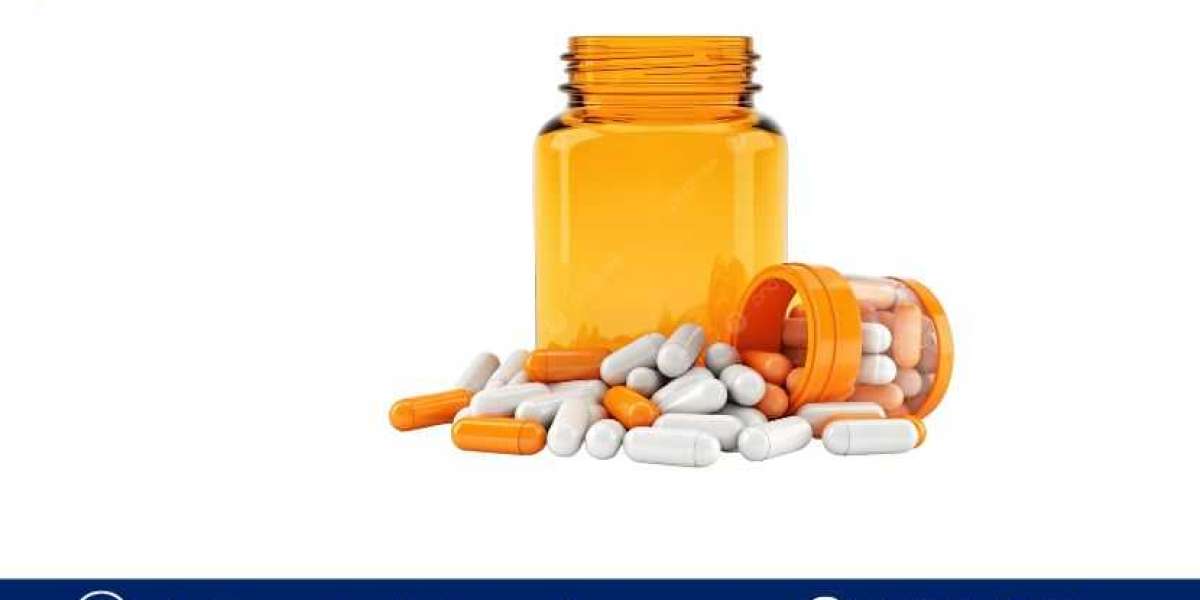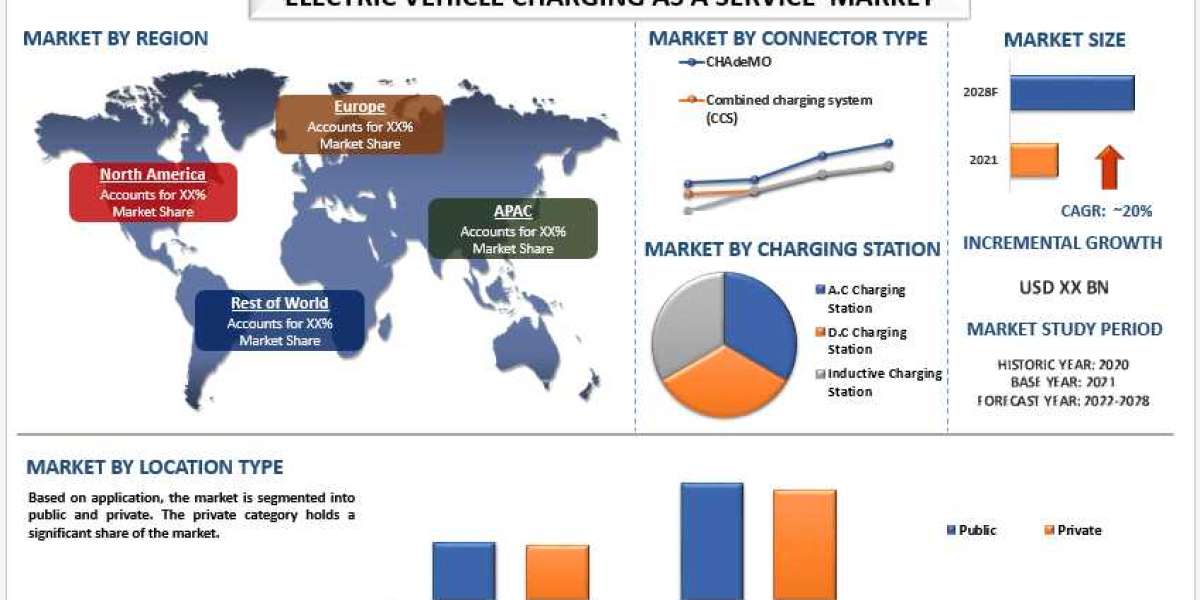Penicillin, one of the most widely used antibiotics in the world, revolutionized medicine and has saved millions of lives since its discovery in 1928. The production of penicillin continues to play a crucial role in modern healthcare, making it an essential component in the treatment of various bacterial infections. As the demand for antibiotics grows globally, setting up a Penicillin Manufacturing Plant presents a profitable business opportunity, especially with the rising prevalence of infectious diseases, antibiotic resistance, and the increasing healthcare needs of aging populations. The Penicillin Manufacturing Plant Project Report serves as a detailed blueprint for defining up a plant that produces this vital drug. It covers the essential aspects of plant design, technology, raw material procurement, production processes, equipment requirements, and financial projections, among other critical factors. This report is intended for entrepreneurs, investors, pharmaceutical companies, and anyone interested in establishing a plant to manufacture penicillin on a commercial scale.
Market Demand for Penicillin
1. Global Demand for Antibiotics
Penicillin is one of the most widely prescribed antibiotics, used to treat infections caused by bacteria such as pneumonia, strep throat, and ear infections. As the global population grows, the demand for antibiotics, including penicillin, continues to increase, especially in developing countries where access to essential medicines is becoming more widespread. With ongoing advancements in healthcare infrastructure, the use of penicillin in both human and veterinary medicine remains crucial.
2. Prevalence of Infectious Diseases
Bacterial infections remain one of the leading causes of illness and death worldwide. With the rise of new infectious diseases and outbreaks (such as tuberculosis, pneumonia, and sepsis), the need for effective antibiotics has never been greater. Penicillin is often the first line of defense against many of these infections, making it a staple in medical treatments.
Get a Free Sample Report with Table of Contents@
3. Antibiotic Resistance
Despite the widespread use of antibiotics, antibiotic resistance is a growing concern in healthcare. However, penicillin still remains effective against a wide range of bacterial infections, making it an important part of the solution in combating resistant strains. The increasing focus on the development of new formulations and combinations with penicillin derivatives helps to mitigate this challenge.
4. Rising Healthcare Expenditure
As economies grow and healthcare becomes a top priority, spending on pharmaceutical products, including antibiotics, is rising. Governments, healthcare systems, and pharmaceutical companies are investing more in ensuring the availability of life-saving drugs like penicillin, which has a significant role to play in global health initiatives.
5. Veterinary and Agricultural Applications
Penicillin is also widely used in veterinary medicine and agriculture to treat livestock infections and improve animal health. The global increase in meat consumption and the need for healthy livestock further boost the demand for penicillin.
Types of Penicillin and Their Applications
There are several types of penicillin, each serving different medical applications. The main types of penicillin produced in a manufacturing plant are:
1. Penicillin G (Benzylpenicillin)
Penicillin G is the most widely used form of penicillin, especially for the treatment of infections such as pneumonia, meningitis, and endocarditis. It is often administered via injection due to its poor absorption in the gastrointestinal tract.
2. Penicillin V (Phenoxymethylpenicillin)
Penicillin V is a more stable form of penicillin that can be taken orally. It is commonly used to treat mild to moderate infections like sore throats, skin infections, and upper respiratory tract infections.
3. Ampicillin
Ampicillin is a broad-spectrum penicillin derivative that is effective against a wider range of bacteria compared to Penicillin G. It is commonly used in the treatment of ear infections, urinary tract infections, and respiratory infections.
4. Amoxicillin
Amoxicillin, a derivative of ampicillin, is another commonly prescribed penicillin-type antibiotic. It is widely used to treat conditions such as bronchitis, pneumonia, and sinus infections. It is preferred for its ease of use in oral form and its extended spectrum of action.
5. Cloxacillin
Cloxacillin is a penicillin antibiotic used primarily for treating infections caused by penicillin-resistant staphylococci. It is often used to treat skin infections, bone infections, and other serious staphylococcal infections.
Manufacturing Process for Penicillin
Penicillin production involves a series of well-established biotechnological and chemical processes. The key steps in the manufacturing process are outlined below:
1. Fermentation Process
Penicillin is produced through the fermentation of Penicillium chrysogenum or other strains of the penicillin-producing mold. The fermentation process takes place in large bioreactors, where the mold is allowed to grow and produce penicillin. The key steps involved are:
Inoculation : The fermentation process begins by introducing the penicillin-producing mold into a nutrient-rich medium, which provides the necessary conditions for growth.
Fermentation Medium : The medium typically contains sugars, amino acids, minerals, and vitamins to promote optimal growth and penicillin production.
Fermentation Conditions : The conditions within the fermenter, including temperature, pH, and oxygen levels, are carefully controlled to maximize the yield of penicillin.
2. Extraction
Once the fermentation is complete, the penicillin is extracted from the culture broth. This step typically involves separating the penicillin from the biomass (mold), often using solvents such as ether or butyl acetate. The extraction process is critical for isolating pure penicillin.
3. Purification
After extraction, the penicillin undergoes purification to remove impurities and ensure its potency. This is typically done through filtration, crystallization, and other purification techniques. The goal is to obtain high-purity penicillin, which is crucial for effective pharmaceutical use.
4. Chemical Modification (Optional)
In some cases, penicillin may undergo chemical modification to create derivatives or semi-synthetic penicillins with enhanced properties, such as increased stability, broader spectrum of activity, or resistance to penicillinase enzymes.
5. Formulation and Packaging
The purified penicillin is then formulated into the desired dosage form, such as oral tablets, capsules, or injectable solutions. The penicillin is packaged into bottles, vials, or syringes, ensuring sterility and proper labeling. Quality control checks are conducted at each stage to ensure the final product meets regulatory standards.
Equipment Required for Penicillin Manufacturing
Setting up a penicillin manufacturing plant requires specialized equipment to ensure efficient and sterile production. The key equipment involved includes:
Bioreactors : Large fermentation tanks used for the growth of Penicillium chrysogenum and the production of penicillin.
Sterilization Equipment : Autoclaves and sterilizers to ensure the sterilization of raw materials, equipment, and the final product.
Filtration Units : Used for separating the penicillin from the fermentation broth and ensuring the removal of unwanted solid particles.
Crystallization Units : Employed for purifying penicillin and isolating it from the fermentation medium.
Packaging Lines : Automated systems for filling vials, bottles, or syringes with the final product.
Quality Control Instruments : Laboratory equipment used for testing penicillin purity, potency, and stability.
Investment and Operational Costs
Initial Investment
The initial investment for setting up a penicillin manufacturing plant can be significant. Key costs involved include:
Facility Setup : Costs for land, construction of manufacturing buildings, and installation of utilities (water, electricity, HVAC systems).
Machinery and Equipment : Investment in bioreactors, filtration systems, sterilization equipment, and packaging lines.
Raw Materials : Initial procurement of ingredients such as culture media, solvents, and chemicals.
Research and Development : Investment in RD to optimize fermentation processes and improve yields.
Ongoing Operational Costs
The ongoing operational expenses include:
Raw Materials : Continuous supply of culture media, chemicals, solvents, and packaging materials.
Labor : Salaries for skilled workers, including microbiologists, engineers, quality control personnel, and administrative staff.
Utilities : Energy costs associated with operating bioreactors, sterilization systems, and other equipment.
Regulatory Compliance : Ongoing costs to meet Good Manufacturing Practices (GMP) and other regulatory requirements.
Marketing and Distribution : Costs related to the marketing, distribution, and logistics of the finished product.
Financial Projections and Market Analysis
A Penicillin Manufacturing Plant Project Report should include detailed financial projections that provide insight into the potential profitability of the venture. Key aspects include:
Capital Investment Breakdown : Detailed costs for land, building, machinery, and equipment.
Revenue Projections : Estimated income based on production capacity, pricing strategies, and market demand.
Operational Cost Forecast : A breakdown of ongoing expenses, including raw materials, labor, utilities, and packaging.
Profitability Analysis : Calculating expected profit margins, ROI, and breakeven points.
Market Analysis : Insight into market demand, competition, and growth opportunities for penicillin, both domestically and internationally.
https://www.expertmarketresearch.com/blogs/top-ice-maker-companies
https://www.expertmarketresearch.com/blogs/top-online-gaming-platform-solution-companies
https://www.expertmarketresearch.com/blogs/top-household-care-products-companies



